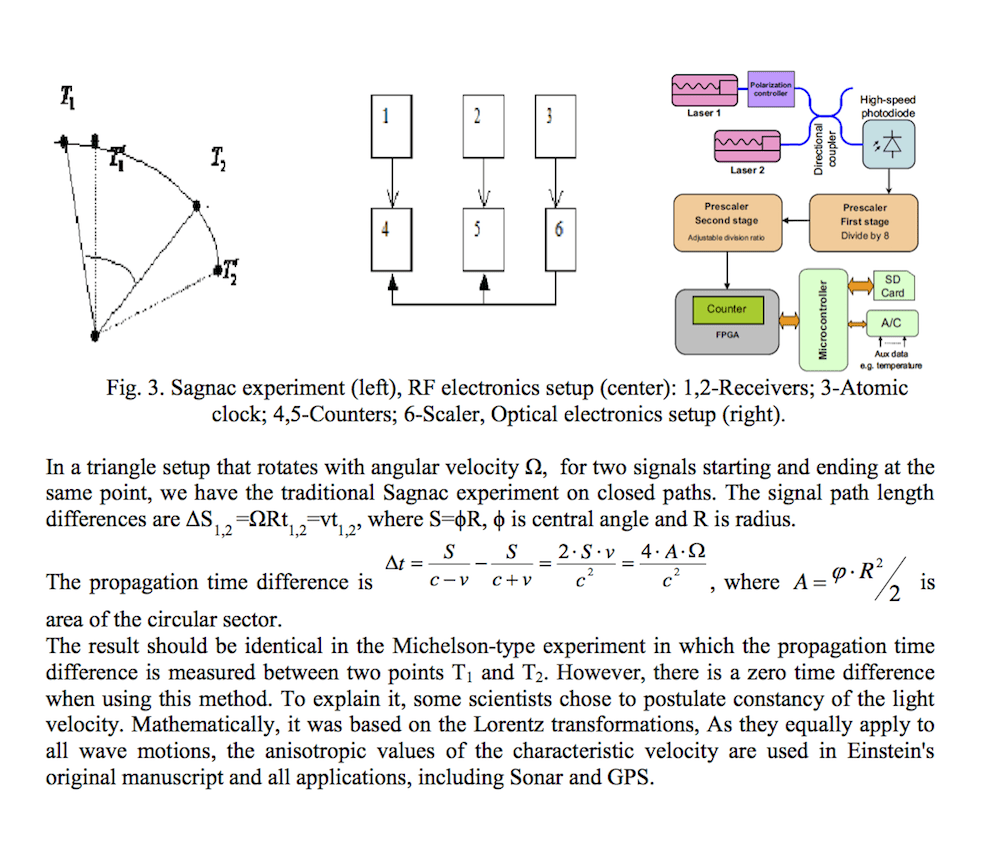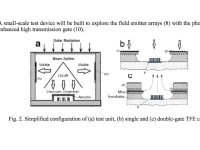Solar and wind energy are clean and renewable but their energy content is both low and costly to store. A two-mirror solar Stirling engine (SE) design could be a major step towards the high efficiency (>37%) concentrating solar power (CSP) system that would collect and convert the diffuse component of the sunlight which is mostly missed in a traditional CSP.
The design combines the commercially available photovoltaic (PV) panels with heat reflective cover and SE with 6-hour thermal energy storage. A dish SE at Sandia National Laboratories (Sandia) will be utilized as the PV-assisted system prototype . For several years the two-mirror Cherenkov telescope had been tested at Sandia.
The adjustable angle PV panels 2 are attached on periphery of the primary mirror 3. The PV panels at the secondary mirror 1 could be also used to track the sun. An additional concentration is achieved by a concentrator 4 at the thermal storage 5 (see Fig.1).
The high efficiency of this simple design contrasts trough and tower high-temperature storage systems. The arrangement allows the engine to be located close to the ground, facilitating service and repair. In addition, it allows economical flywheel storage and wind turbine inclusion into the designs. The completion and results of the PV-assisted SE prototype design would lay the ground work for the future, designs that deal with thermal field emission (TFE) and electrostatic wind energy converters.
The designs that directly convert energy into electricity are especially suited to urban areas due to the compactness and absence of moving parts. A photon-enhanced gate electrode creates on the cathode surface an electrostatic field large enough to compensate space charge field and initiates TFE process (see Fig.2).
The integration of solar-wind 25-50 kWe units into power systems, particularly with wireless networks such as a Flying Ad Hoc Network (FANET) where the communicating nodes are Unmanned Aerial Vehicles (UAV), could attract both government and private firm interest by their high power-to-mass ratio, speed to install, high reliability and low maintenance cost.
As cost of the dish and power consumption issues limit the applicability of large antenna arrays, solar-powered communication antenna is a very attractive choice for wireless networks. Wireless communication for mobile and satellite applications needs to accommodate the Sagnac and Doppler effects caused by the movement of the vehicles. To determine the systematic effects and exact locations of the neighboring nodes, a setup that utilizes radio frequency (RF) receivers, counters controlled by scaler with trigger noise elimination will be used. In optical communication systems, a new method for precise measurements of the difference of optical frequencies developed at Krakow University could be utilized (see Fig.3)
Like this entry?
-
About the Entrant
- Name:Anatoly Blanovsky
- Type of entry:individual
- Software used for this entry:Autocad
- Patent status:pending








